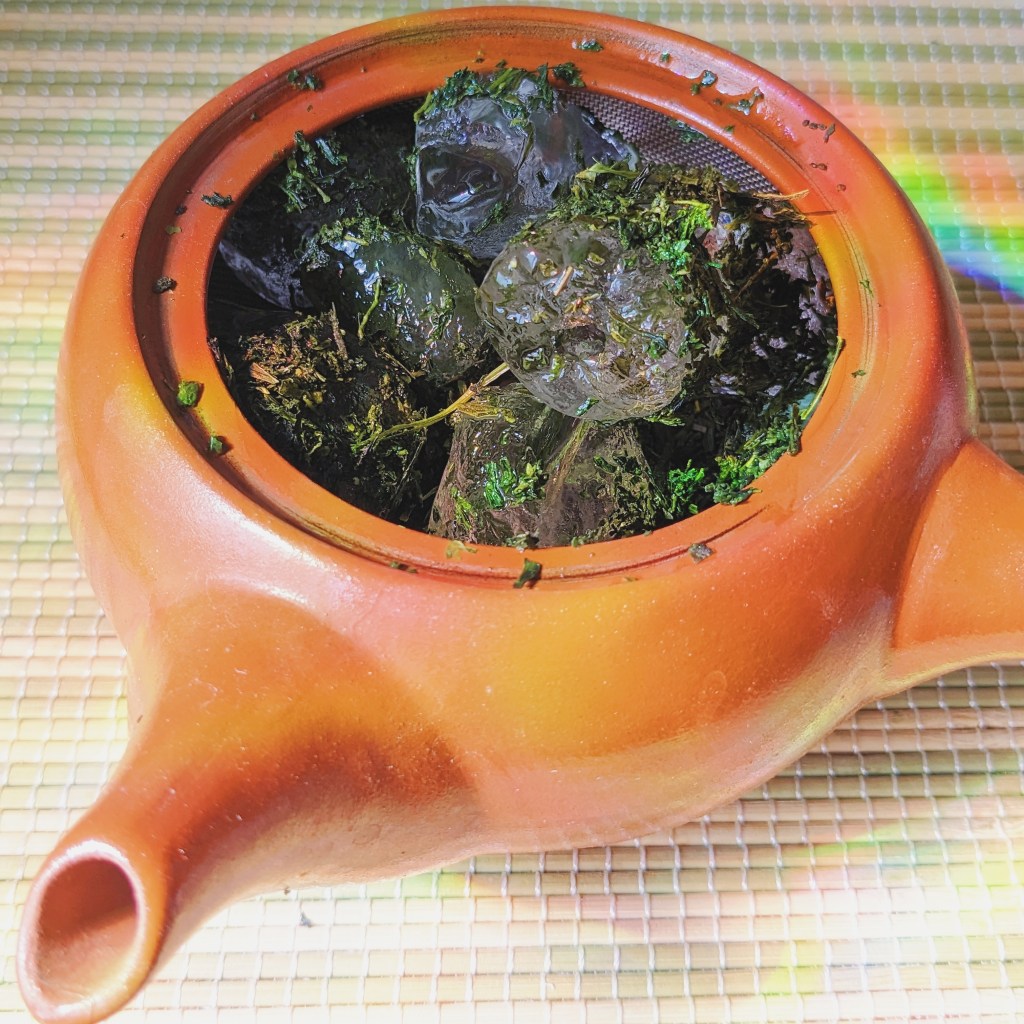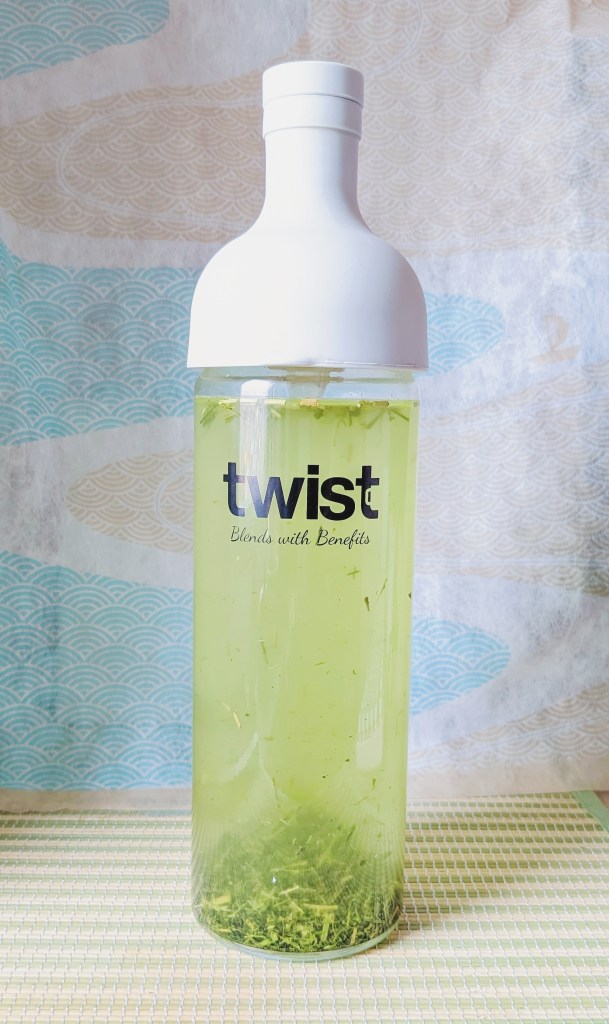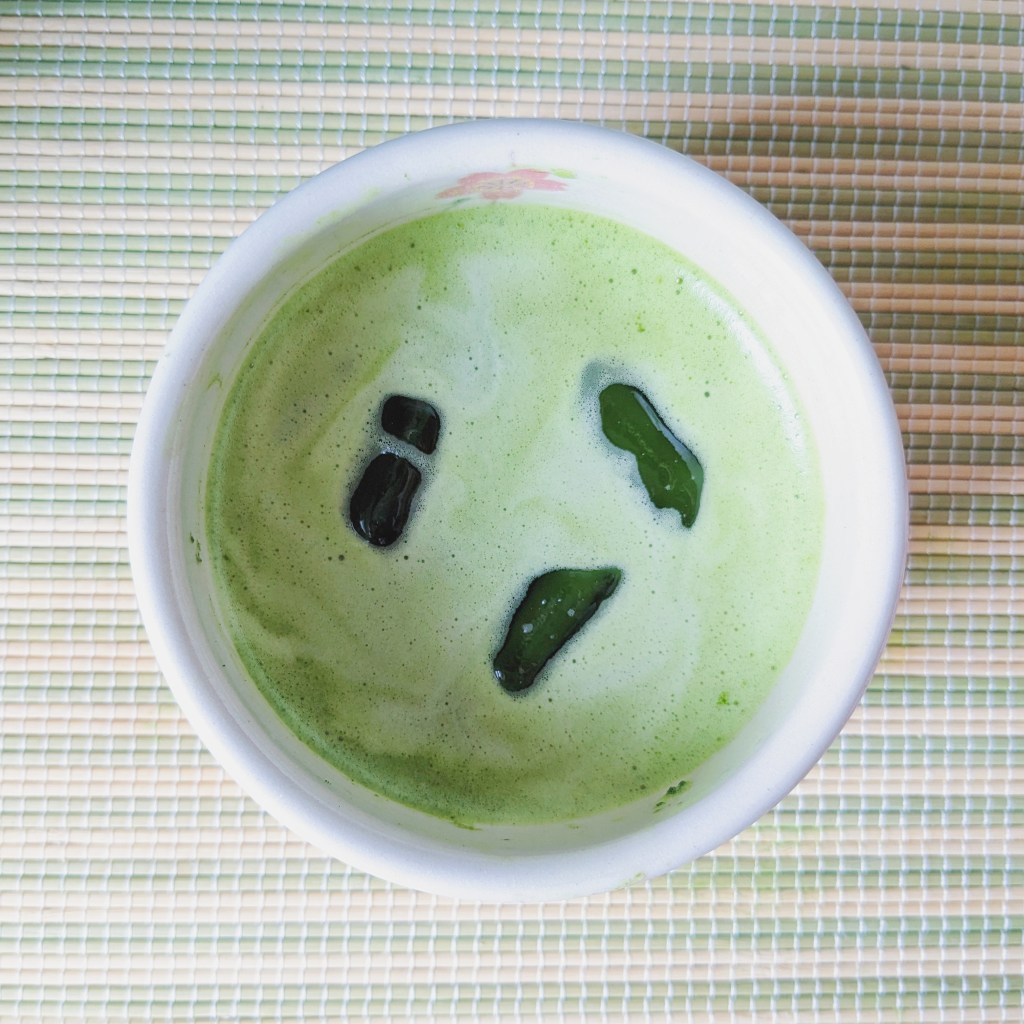Now that the warmer weather has arrived and we are transitioning into the summer months, I tend to drink less hot tea due to the weather and instead I choose to drink more cold brewed or iced Japanese teas. Earlier in my journey with tea, I found it hard to master the techniques of making cold brewed and iced Japanese tea. It took me a while and a lot of experimenting to find the perfect ways to prepare tea in those ways, but it was well worth the time and effort I put into it.
So before we get into the summer months, I thought I would put together a guide on how to prepare cold brewed / iced Japanese green teas, as I find most guides that cover this subject usually focus around flavoured / blended teas as opposed to traditional teas. I’m going to cover all of the methods I use most often and the teas that brew using them. There’s more out there than I use but I want to make sure I’m including as much detail as possible and I can only really do that by discussing the methods I am familiar with and use the most.

Kōridashi – Ice Brewing
This is my favorite way to ”cold brew” Japanese green teas, especially Gyokuro and Sencha. While it’s incredible with fresher green teas, it’s also a brilliant way to get the most out of your older green teas that you haven’t quite had the chance to finish yet and want to work through. Not only does it result in the most refreshing smooth cups and sweet cups of Japanese green tea you’ll ever drink, but brewing using this method is also a great way to practice patience.
The best thing about this process is that you need a small amount of equipment. All you need to brew Kōridashi style is: a Kyusu, a Yuzamashi (water cooler with a spout) or simply just a piece of teaware that you can fit ice cubes into and pour water out of. Next you’ll need ice, you can use any size you like, however be aware that if you choose to use one bigger ice cube over multiple smaller ones, you will be waiting a longer amount of time for it to melt. I recommend making ice cubes using freshly filtered water for the best results. Lastly, you’ll of course need your chosen tea, Gyokuro or Sencha work best in my opinion.
Place the ice into your chosen vessel, filling it to the top if you are using smaller ice cubes as opposed to one large one. You’ll then want to take 4-6g of tea and place it on top of the leaves (if your vessel is larger you can use more tea but that’s down to preference). Place the leaves on top as squashing them under the pressure of the ice will result in an uneven extraction and won’t make for a pleasurable drinking experience at all. Placing them on top of the ice allows them to breathe and ensures a nicely balanced end result that is a joy to sip on while the sun is shining.

Cold Brewing
This is one of the more popular methods when it comes to preparing cold tea, tied of course with tea over ice. While cold brewing is a very popular method, it can still take a while to find the perfect ratios of water to leaf for each different kind of tea you are going to want to prepare and that’s where people run into mistakes like brewing too strong, brewing weak or over brewing.
First things first when it comes to cold brewing Japanese tea, you need to make sure that you are only using filtered soft water. Hard water will not result in a great tasting final product, so it’s important that you consider this before anything else. As with anything cold brewed, Japanese tea and the strength you choose to brew it at comes down to personal preference, so I’m going to list my process as a guide. I recommend doing some experimenting yourself to find what works best for you and your taste.
I have found the ratios I use work perfectly for almost all kinds of Japanese tea, however I do have to tweak it a little for Wakoucha (black tea) and some Japanese Oolongs. I use a glass cold brew jug that is 1L in capacity, freshly filtered cold water and between 15-20g of tea. Ideally you want to prepare this the night before you want to drink it, it can take a while to extract the maximum flavour when you are using cold water so a recommended steep time of 8 hours is what I have found works best.

However if that is not an opinion for you an absolute minimum of 2 hours will result in a fairly good cold brewed tea especially if you are brewing Japanese green teas. You should add your leaves to your chosen brewing vessel first and then add the water afterwards, teas that are lighter will float to the top so I recommend mixing before putting them in the fridge.
While steeping, leaves will settle at the bottom. The liquor towards the top of your chosen vessel will be lighter and clear while the liquor at the bottom will be cloudier and darker. To even it out, make sure to stir it until the liquor evens out. Take another vessel of the same size and transfer your steeped tea from the first into the second passing through as fine of a filter as you have. Doing this will help you avoid over-steeping and is imperative if you aren’t going to finish all you have steeped within a short amount of time. It is best to consume it at its freshest but will keep at its best for at least 24 hrs.

Iced Tea / Serving Over Ice
This is the most popular method used for the creation of iced tea. Realistically all you have to do is take the tea you have brewed hot and pour it over ice, despite that simplicity however, there are still mistakes to be made with this method. Up until I learned of the previous methods listed in this post, this was the only method I knew of to create iced / cold tea. The mistakes I found myself running into with this method at the start of my journey were not brewing strong enough / not using enough leaf and over brewing / brewing too strong / using too much leaf.
It took a decent amount of experimentation over time to work out the perfect ratios for each tea I love to drink over ice, but it paid off and ever since then I’ve never made those initial mistakes again. Here’s a brief guide to the ratios I use for this method.
For Sencha, Gyokuro & kukicha etc: 7-8g of your chosen tea and 200ml of water at 80°C. Steep for 2-3 minutes and then pour over a glass filled with ice. When pouring into more than one cup, be sure to go back and forth between the cups when pouring to ensure that each cup is even in quantity and taste. The reason you want to steep the leaves for much longer than you usually would is to make sure the tea is strong enough that it will not weaken too much as the ice thaws over time.

Creating Iced Matcha
Creating a bowl of iced Matcha really is incredibly simple as it only really requires you prepare a bowl of Matcha as you usually would, and then add in either 1-2 large ice cubes or a handful of small ones into the bowl, giving it a good mix afterwards to make sure it is cooled evenly. When doing this I usually use 60-70ml of 40-50°C water and 2.5-3.5g of Matcha to account for the watering down of the Matcha once the ice cubes have melted. Before I start to prepare my bowl of iced Matcha, I like to put my chawan in the fridge for a little bit so it’s cool to the touch and will help to cool down the water I add even further.
As always, it’s super important to sift the Matcha into your chawan to Make it super smooth, lump free and luscious. If you are a fan of Matcha iced with milk, a great way to avoid watering down your Matcha with ice is to make milk ice cubes and use them instead. I do recommend a milk alternative as opposed to dairy milk though as dairy milk and matcha don’t really play well together as the milk sticks to the polyphenols, which affects how well your body can absorb nutrients of the Matcha.

I really hope this guide helps you to have a summer filled with the most delicious cold cups of Japanese tea. Let me know in the comments what your favourite Japanese tea to drink cold / iced is.
Until next time, Happy Steeping
Kimberley
Leave a comment